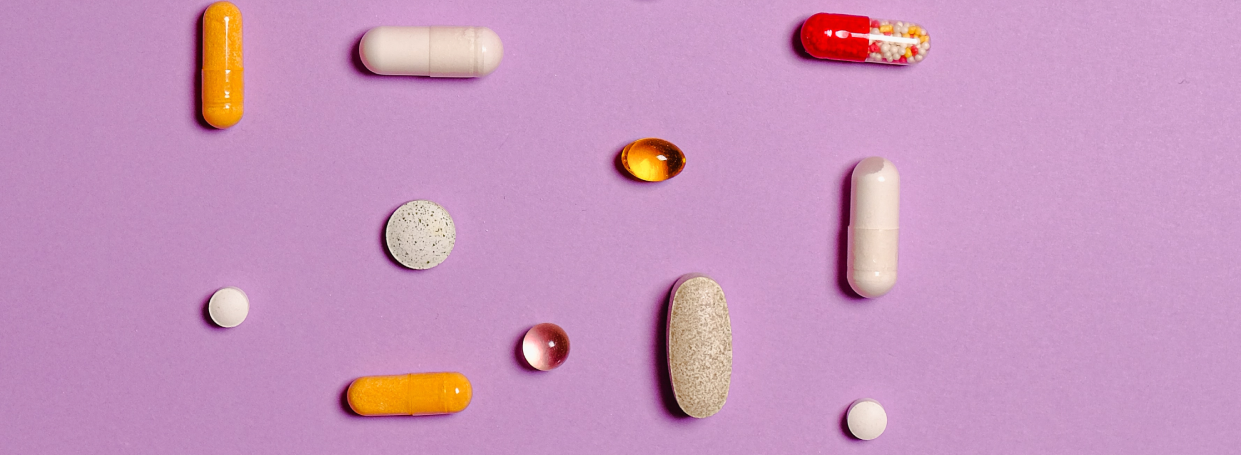

Hypervitaminosis D, also known as vitamin D toxicity or vitamin d overdose, is what happens when you have too much vitamin D in your body. Excess vitamin D causes calcium to build up in the blood – this is known as hypercalcemia.
This article has been verified by a medical professional
Impact of hypervitaminosis D on fertility
There currently isn’t enough data to determine how hypervitaminosis D may impact fertility. Studies on animals find that it can harm the maturation of the egg after fertilization and it is associated with higher rates of newborn death, but these results have not yet been replicated in human studies.
However, hypercalcemia is known to have harmful impacts on pregnancy and newborns. For instance, too much calcium can restrict the baby’s growth in the womb and lead to miscarriage. It can also lead to pregnancy complications including severe hypertension (high blood pressure), preeclampsia, pancreatitis (inflammation of the pancreas), and kidney stones. Babies born to hypercalcemic mothers have higher rates of newborn death, severe hypocalcemia (abnormally low amount of calcium in the blood), and mild hypercalcemia.
Potential causes of hypervitaminosis D
Vitamin D toxicity usually happens when someone takes very high doses of vitamin D supplements (over 10,000 IU per day) over a long period of time – it doesn’t normally come from too much sun exposure or a vitamin D-rich diet. Guidelines from the World Health Organization state that adults up to 50 years old should take 200 IU of vitamin D per day.
An oversupply of vitamin D can also be due to a malfunction in how the body metabolizes vitamin D or a health condition that makes the body produce an excess of an active form of vitamin D (such as Williams-Beuren syndrome).
Symptoms of hypervitaminosis D
Vitamin D toxicity and hypercalcemia can lead to the following symptoms, among others:
- Nausea
- Vomiting
- Weakness
- Frequent needing to pee
- Dehydration
- Thirst
- Abdominal pain
- Constipation
- Confusion
If it goes on for a while, it may cause kidney stones and bone pain.
Diagnosis of hypervitaminosis D
Hypervitaminosis D is diagnosed based on the results of various tests. Your healthcare provider may order the following tests:
- Blood tests that check vitamin D levels, calcium, and phosphorus
- Urine tests that look for excess calcium
- Bone X-rays to see if you have bone loss
Treatment to improve fertility
To get your vitamin D back to a healthy level and raise your chances of a successful pregnancy, you should stop taking vitamin D supplements and reduce your calcium intake. Your doctor may also prescribe intravenous fluids and medications including corticosteroids or bisphosphonates to restore balance to your vitamin levels, correct dehydration, and improve kidney function. Therapy with glucocorticoids decreases calcium levels in the blood.
Be sure to have your vitamin D and calcium levels checked before you get pregnant to avoid harmful effects on your baby.
This article has been verified by a medical professional
- What is vitamin D toxicity? Should I be worried about taking supplements? Mayo Clinic. Accessed 05 November 2022.
- Hypervitaminosis D. MedlinePlus. Accessed 05 November 2022.
- Vitamin D. National Institutes of Health. Accessed 05 November 2022.
- Appelman-Dijkstra N et al.: Hypercalcemia during pregnancy: management and outcomes for mother and child. Endocrine. 2021;71(3):604-610.
- World Health Organization. (2005). Vitamin and mineral requirements in human nutrition, 2nd ed. World Health Organization.
- Blastocyst. Mayo Clinic. Accessed 07 November 2022.
- Safari H et al.: Vitamin D and calcium, together and separately, play roles in female reproductive performance. Scientific Reports. 2022;12(10470).
- Ganguly A et al.: Vitamin D, the placenta and early pregnancy: effects on trophobloast function. Journal of Endocrinology. 2018;236(2).
- Tehrani FH and Behboudi-Gandevani S: Vitamin D and Human Reproduction. In A Critical Evaluation of Vitamin D. Joghi S and Gowder T, eds. 2017.
- Idiopathic infantile hypercalcemia. MedlinePlus. Accessed 07 November 2022.
- Larqué E et al.: Maternal and Foetal Health Implications of Vitamin D Status during Pregnancy. Annals of Nutrition and Metabolism. 2018;72:179-192.
- Marcinowska-Suchowierska E et al. Vitamin D Toxicity–A Clinical Perspective. Front. Endocrinol. 2018;9:550.
- Rey E et al.: Hypercalcemia in pregnancy – a multifaceted challenge: case reports and literature review. Clin Case Rep. 2016;4(10):1001-1008.
- McCarthy A et al.: Management of primary hyperparathyroidism in pregnancy: a case series. Endocrinol Diabetes Metab Case Rep. 2019;2019:19-0039.
- What’s to kow about hypervitaminosis D? Medical News Today. Accessed 02 January 2022.
- Hypervitaminosis D. Mount Sinai. Accessed 02 January 2022.
You might also like...

Excess vitamin B12 and pregnancy
Excess vitamin B12 during pregnancy can increase the risk of health complications for the baby. Vitamin B12 is an essential vitamin that...

Macrocytic hyperchromic anemia
Macrocytic hyperchromic anemia means that your bone marrow produces unusually large and dark red blood cells. These cells don’t have the nutrients...

Leukopenia
Leukopenia means that you have a low white blood cell count. White blood cells, or leukocytes, are vital to your immune system....

Endometriosis
Endometriosis is a condition where tissue like your uterine lining grows outside the womb: on the ovaries, fallopian tubes, pelvic tissues, or...

Excess folic acid and pregnancy
Folic acid is the synthetic form of folate (vitamin B9). Folate is an essential vitamin that your body needs for cell and...

Microcytic hypochromic anemia
Microcytic hypochromic anemia means that your body has too few red blood cells and these cells are smaller and paler than usual....

Normocytic normochromic anemia
Normocytic normochromic anemia means that you have a low red blood cell count, but your red blood cells have a normal shape,...

Vitamin B12 Deficiency
Vitamin B12 is an essential nutrient that our bodies need to work properly. It helps with nerve function, cell metabolism, and the...




